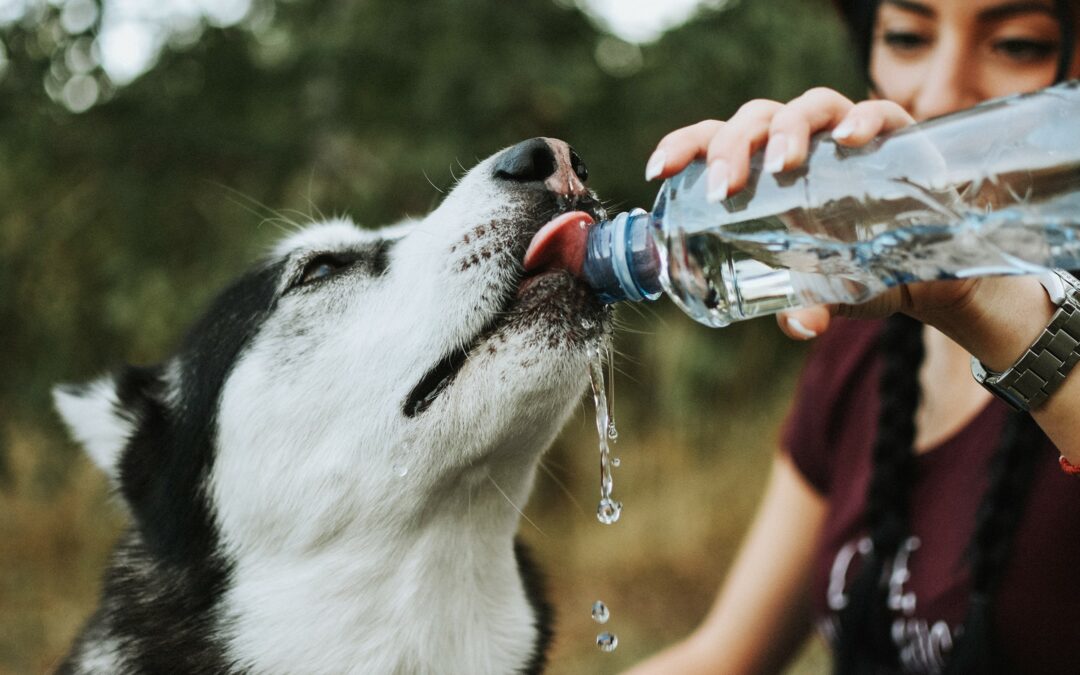To determine if your pet is at a healthy weight, you can check a few key indicators:
1. Feel the Ribs:
- Ideal Weight: You should be able to feel their ribs without pressing too hard, but they shouldn’t be overly visible.
- Overweight: If you have to press hard to feel the ribs, your pet may be carrying extra weight.
- Underweight: If their ribs are easily visible or very pronounced, they may be too thin.
2. Look at Their Waist:
- Ideal Weight: When viewed from above, your pet should have a visible waist, a slight tuck between the ribcage and hips.
- Overweight: If their waist is not visible, or they have a wide, barrel-like shape, they may be overweight.
- Underweight: A sharp, visible waist could indicate underweight.
3. Profile View (Tummy Tuck):
- Ideal Weight: From the side, your pet’s abdomen should slope up from the ribs towards the back legs.
- Overweight: A sagging belly indicates excess fat.
- Underweight: If the abdomen tucks in dramatically, they may be too thin.
4. Body Condition Score (BCS):
Many vets use a Body Condition Score (BCS), which rates pets on a scale of 1–9, where 4–5 is ideal, 1–3 is underweight, and 6–9 is overweight.
If you’re unsure about your pet’s weight or notice any changes, it’s best to consult your vet for an assessment and guidance on nutrition and exercise.

